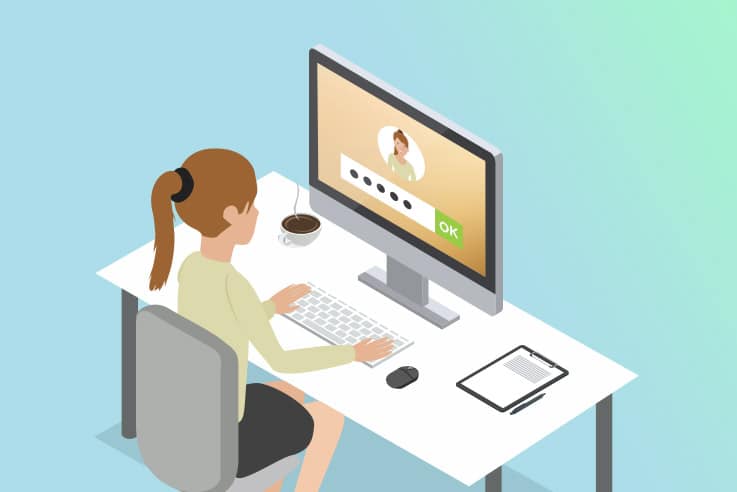Creating a password that is both secure and easy to remember can be a challenge. On the one hand, we want to use a strong password that is difficult for others to guess to protect our sensitive information. On the other hand, we don’t want to use a password that is so complex that we can’t remember it ourselves. According to a new ExpressVPN report, internet users spend a significant amount of time resetting their passwords.
In this article, we will discuss a few ways to set a password that is both secure and easy to remember. By following these tips, you can create a password that is strong enough to protect your sensitive information but also easy enough for you to remember.
Contents
1. Use a passphrase
Instead of trying to remember a series of random characters, consider using a passphrase as your password. A passphrase is a string of words that is easy for you to remember but difficult for others to guess. For example, “correct horse battery staple” is a popular passphrase that is easy to remember and very secure. According to a study by the University of Cambridge, using passphrases can be more secure than using traditional passwords, as they are longer and more challenging to guess.
Pros: Passphrases are easy to remember and also very secure, as they are longer and more difficult to guess than traditional passwords.
Cons: Passphrases may not be accepted by all websites or systems, as they may not meet the required length or character requirements.
2. Use the right kind of personal information
You can create a password that is easy to remember by using personal information that is meaningful to you. For example, you could use the name of your favorite sports team, the make and model of your first car, or the name of your childhood pet. Just make sure to avoid using easily guessable personal information, such as your name or date of birth.
Pros: Using the right kind of personal information is a useful way of remembering something unique to you.
Cons: Using personal information can also make it easier for someone to guess your password, as it may be based on easily guessable information such as your name or date of birth.
3. Use a mnemonic device
A mnemonic device is a memory aid that helps you remember information by associating it with something else. For example, you could create a password using the first letter of each word in a memorable phrase, such as “Every Good Boy Deserves Fudge.” This makes passwords harder to forget.
Pros: A mnemonic device can help you create a password that is easy to remember but difficult for others to guess.
Cons: A mnemonic device may not work for everyone, as it requires the use of memory techniques that may not be familiar to everyone.
4. Use a good password manager
A password manager is a tool that stores all of your passwords in a secure, encrypted manner. You must remember one master password to access the password manager, and it will do the rest for you. Some popular options include LastPass, Dashlane, and 1Password.
Pros: A password manager stores all of your passwords in a secure, encrypted manner, so you only have to remember one master password. It also helps you create and store unique and strong passwords for different accounts.
Cons: A password manager requires an initial setup process, and you may have to pay a subscription fee to use some of the more advanced features.
Conclusion
Forgetting passwords is a common problem, but it is also one that can be easily prevented. By using a password manager, creating strong, unique passwords, using passphrases, writing passwords down and keeping them in a secure location, and setting up password reset tools, you can significantly reduce the risk of forgetting your passwords and the potential consequences that come with them. By following these best practices, you can ensure that your online accounts and sensitive information remain secure.

